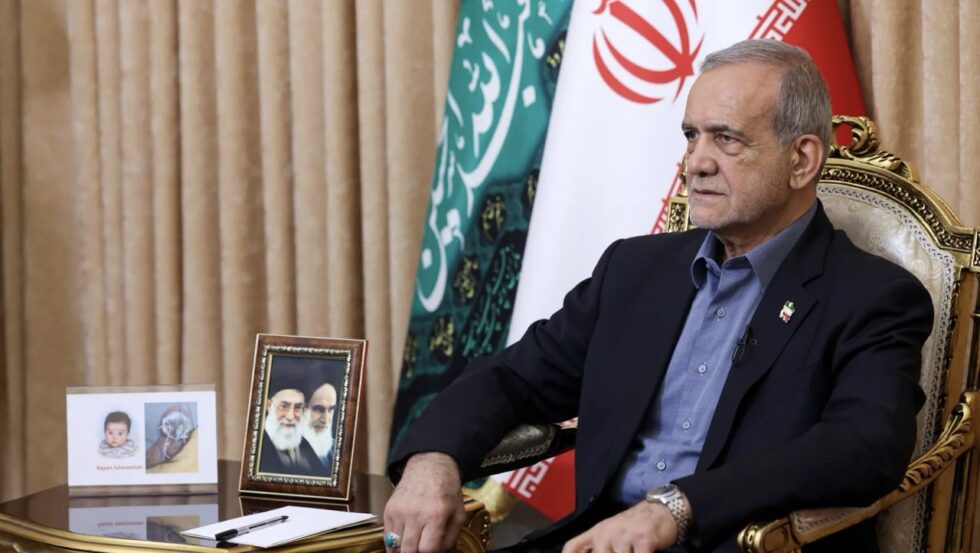Iranian President Pezeshkian injured in Israeli missile strike — media

Iranian President Masud Pezeshkian was reportedly injured during an Israeli airstrike on June 16, which targeted a session of Iran’s Supreme National Security Council in western Tehran. This was reported by G.Business citing the Iranian Fars News Agency, which is affiliated with the Islamic Revolutionary Guard Corps, as well as Iran International.
According to the report, Israeli forces launched six missiles or bombs at the entrances and exits of the building where the meeting took place. Present were top officials from all three branches of Iran's government. The attack aimed to trap participants inside, mirroring past Israeli tactics used against Hezbollah leaders like Hassan Nasrallah.
The strike caused a power outage on the floor where the meeting occurred. Officials reportedly escaped through an emergency exit. Fars reported that several individuals, including President Pezeshkian, sustained minor leg injuries.
Pezeshkian later confirmed the incident in an interview with American podcaster Tucker Carlson, stating:
“We were in a private meeting discussing classified plans when, based on intelligence from their spies, they bombed the area where we were located. Thankfully, there was no direct hit.”
Ali Larijani, a senior advisor to Iran’s Supreme Leader Ali Khamenei, claimed that Israel intended to assassinate key government and military leaders. “Their aim was decapitation of leadership. But it failed,” he said.
As of now, Israel has not officially commented on the incident.
What was the 12-Day War
The conflict began overnight on June 13, when Israel launched Operation Rising Lion, a coordinated strike against Iran’s nuclear program. Nearly 200 fighter jets targeted several nuclear facilities, including the uranium enrichment plant in Natanz.
Iran confirmed damage to the underground complex, which housed centrifuges and nuclear infrastructure.
The following week saw rapid escalation. On June 22, U.S. Air Force launched Operation Midnight Hammer, striking three nuclear sites in Fordow, Natanz, and Isfahan. Over 125 aircraft, including seven B-2 Spirit stealth bombers, participated in the 18-hour mission.
In response, on June 23, Iran launched a missile strike on the Al Udeid airbase in Qatar, the largest U.S. military base in the Middle East, using the same number of bombs as the U.S. did.
On June 24, then-U.S. President Donald Trump announced that Iran and Israel had agreed to a ceasefire, which would mark the end of the 12-day war. However, renewed Iranian strikes on Israel followed, prompting Israel’s Defense Minister Israel Katz to accuse Iran of violating the truce and ordering counterattacks on Tehran.
Stay connected for news that works — timely, factual, and free from opinion — and insights that matter now: Trump Signs Sweeping “One Big Beautiful Bill” into Law – Historic Tax Cuts and Spending Shifts Unleashed
Photo: Official portrait from the website of President Masud Pezeshkian – www.pezeshkian.ir

